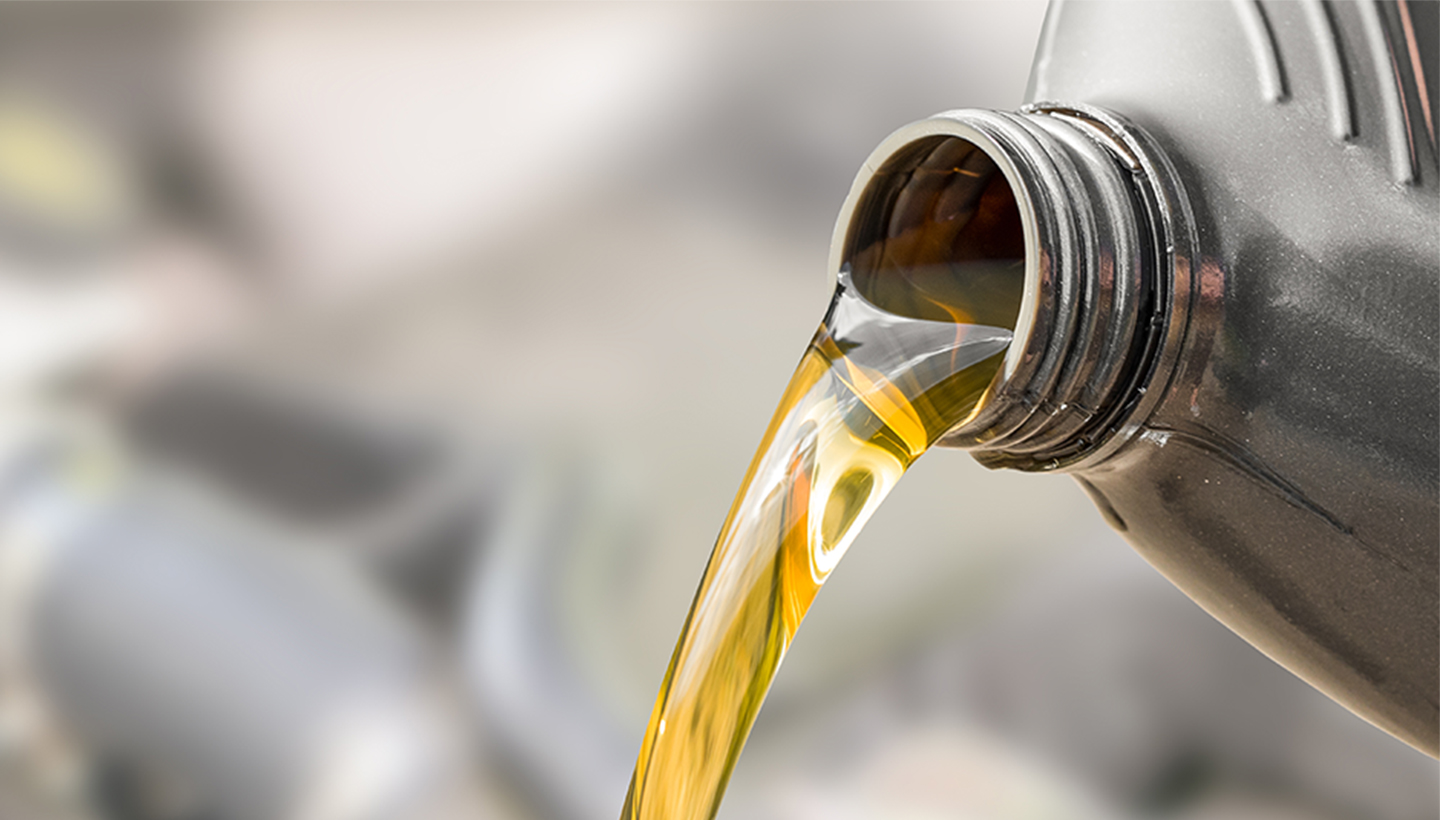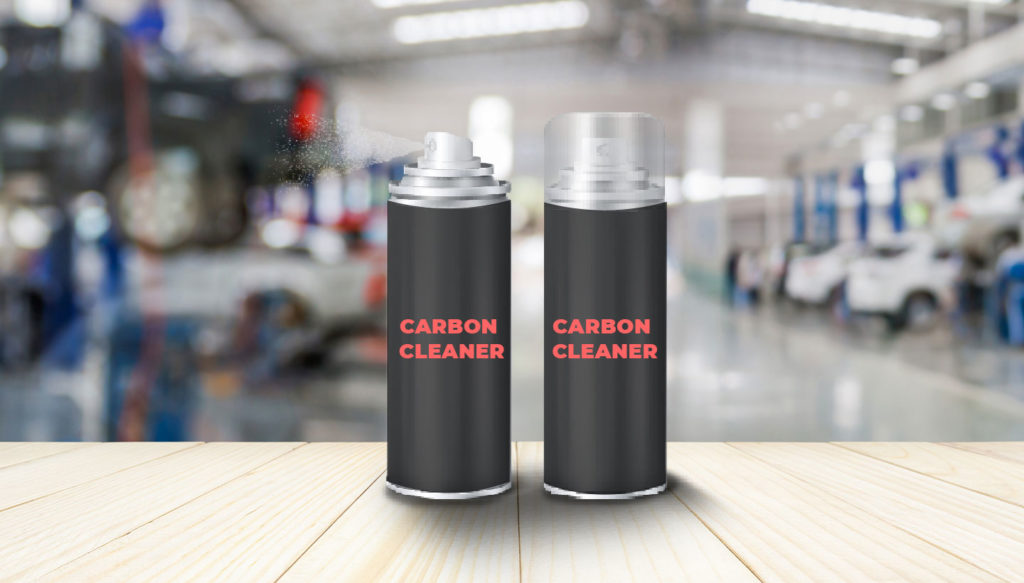
Oil viscosity is the numerical value that indicates the thickness of the oil. On every oil container, you'll find easily visible numbers explaining its viscosity level. Each number on the oil packaging has its own meaning. One of them is that the larger the number, the higher the viscosity.
It's important to note that oil is a lubricating fluid that prevents the engine from rusting and can maintain the engine temperature well. In every car, a specific standard viscosity or thickness of oil is usually recommended.
Using standard oil will certainly help maintain the engine's performance compared to using arbitrarily viscous oil. Although using oil with different viscosity levels doesn't have a significant impact in the short term, it can lead to decreased engine performance in the long run. Therefore, you need to know the right oil viscosity to use for your beloved vehicle.

Understanding the Meaning of Oil Viscosity Codes
On every bottle of oil's packaging, you'll usually find codes consisting of letters and numbers. Each letter and number has its own meaning from the manufacturer that explains the oil viscosity level.
-
API Oil Code
API stands for the American Petroleum Institute, which determines oil quality. API oils use two letters behind the API code, such as SN and CH.
The first letter indicates the type of vehicle. For example, for vehicles using gasoline, the code is S. Meanwhile, vehicles using diesel engines have the code C.
Baca Juga
The second letter indicates the latest oil quality. The closer the letter is to Z, the better the quality. For example, API SN oil is clearly better than API SJ oil. Newer vehicles should use oil codes with letters closer to Z.
-
JASO Oil Code
JASO stands for the Japanese Automotive Standard Association. It is an organization from Japan that evaluates oil quality standards. Unlike API and SAE, which are used for cars, JASO is specifically used for motorcycles. The codes on JASO oil are followed by two letters, MB and MA.
MB is used for automatic scooters with dry clutches. This type of oil has lower friction compared to JASO MA. On the other hand, the MA oil code means the oil can be used for motorcycles with wet clutches, such as sports motorcycles or scooters.
-
SAE Oil Code
The Society of Automotive Engineers (SAE) is an association that sets international standards for oil viscosity. The SAE code is written with letters and numbers, for example, 20W-40, SAE 10W-40, and SAE 5W-30.
The 20W code indicates the viscosity of the oil in cold temperatures, caused by either the surrounding air or when the engine is just starting. Meanwhile, W refers to the word "winter." The smaller the number in front of the W, the thinner the oil is at cold temperatures.
The two numbers behind the W indicate the viscosity of the oil at high temperatures. The smaller the number behind it, the thinner it is at high temperatures. In addition, the SAE code with this combination also indicates a multigrade oil that can change the viscosity of the oil according to temperature conditions.
In addition to multigrade, there is also single-grade SAE oil that does not change much even with temperature changes. This oil is suitable for use in areas with stable temperatures.
Baca Juga
The most commonly used type of oil in Indonesia is SAE 10W-30 or 15W-50, and in colder regions, SAE 5W-30 is used. For your information, oil viscosity testing is carried out at temperatures between -30 and -35 degrees Celsius.
Types of Oil Viscosity
-
Fixed Viscosity
A fixed-viscosity oil is one whose viscosity does not change even when the temperature of the engine or its surroundings changes. Fixed-viscosity oil, also known as single-grade oil, is usually found in car transmission oil.
-
Dynamic Viscosity
Dynamic viscosity, commonly known as multigrade, is oil with different viscosity values when changing from low to high temperatures. Usually, oil with a multigrade viscosity is used for engines.

Standard Oil Viscosity
The use of oil for motorcycles and cars is different. There are many brands of oil marketed worldwide, with various advantages and disadvantages. However, it is better to follow the recommendations from the automotive manufacturer to maintain the performance of both the car and the motorcycle.
Oil selection may vary and depend on your needs. Generally, the viscosity used for motorcycle engines is in the range of 10 to 40. Meanwhile, the viscosity of gasoline-fueled car SAE oil is usually SAE 20W-50, SAE 10W-40, SAE 5W-30, and SAE 40. There are many factors that determine the selection of the type of car oil, one of which is the age of the vehicle and the specifications of the car's engine.
Oil Viscosity for Diesel Engines
Oil for diesel engines has different codes. For gasoline engines, the code uses S, while for diesel engines, the code is the letter C (commercial).
This code is marked with API codes such as CA, CD, and CH. Although differentiated by the letters S and C, there are lubricants that can be used for both types of engines. Lubricants used for both types of engines are usually double-grade. This is indicated by two codes after the API sign, for example, API SN/CF.
Here are the viscosities of oil for diesel engines:
-
5W-40
Usually, this uses a full synthetic material. Used for modern diesel cars with common rail technology under 10 years old.
-
5W-30
Used in modern turbo and non-turbo diesel cars.
-
10W-40
Suitable for diesel cars over 5 years or over 70,000 km.
-
15W-40
Used in diesel cars that are over 10 years old. Older cars do not need thin oil because their components are not as precise.
SHARE:






















